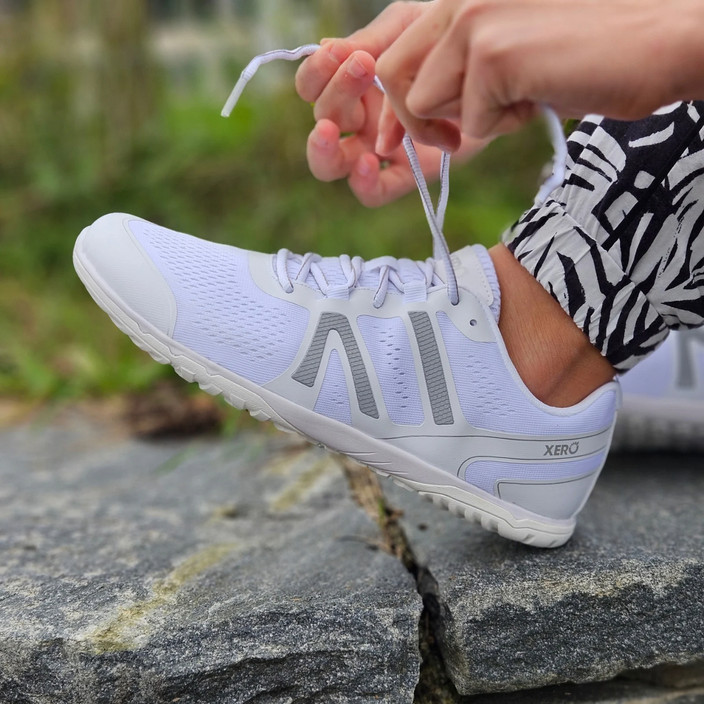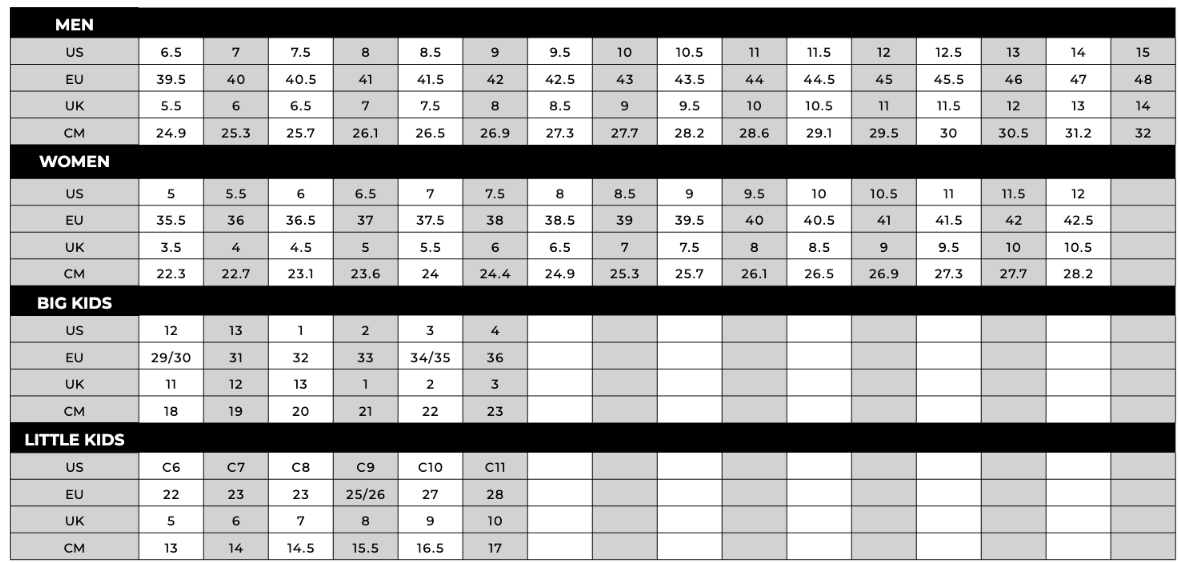How Barefoot Shoes Should Fit
Posted by Xero Shoes Australia on 8th Oct 2025

Finding the right pair of barefoot shoes isn’t just about style—it’s about fit. A poorly fitting minimalist shoe can be uncomfortable, while a shoe that fits properly lets your feet move naturally, strengthening muscles and supporting healthy posture. Understanding how barefoot shoes should fit is key to getting the most from them.
Start With Your Foot’s Shape
Barefoot shoes are designed to mimic the natural shape of your foot, so the first step is understanding your own foot anatomy. Stand on a piece of paper and trace your feet. Look at the width of your forefoot and the length of your toes. Barefoot shoes should:
- Have a toe box that matches your foot’s width, allowing your toes to spread naturally.
- Fit snugly around the midfoot and heel to avoid slipping, but without squeezing.
- Keep the forefoot and heel level, which is called a zero-drop design, for a natural gait.
Unlike traditional shoes, which often taper at the toes, barefoot shoes give your feet the space they need to function properly.
Pay Attention to Toe Splay
One of the most important indicators of fit is your toe splay. When standing, your toes should be able to spread naturally. If your toes feel cramped or overlap inside the shoe, it’s too narrow. Some people may prefer shoes with a slightly wider toe box, while others may benefit from styles with adjustable laces or straps to secure the foot without slipping.
Check Heel and Midfoot Fit
Barefoot shoes should grip your heel comfortably without pinching, and the midfoot should feel snug but flexible. Too loose, and your foot slides inside the shoe, increasing friction and the risk of blisters. Too tight, and you limit natural movement. Many barefoot shoes use flexible materials such as mesh or knit, which adapt to your foot while providing support in the right areas.
Flexibility and Comfort
The hallmark of barefoot shoes is flexibility. A proper fit allows your foot to bend at natural points, especially at the ball of the foot. When you walk or run, the shoe should move with your foot, not against it. Try gently flexing your toes inside the shoe—it should move naturally with your foot.
Break-In and Adjustments
Even when fitted correctly, barefoot shoes can feel different at first, especially if you’re used to traditional footwear. Start with short walks, gradually increasing wear time. Some barefoot shoes also have removable insoles or adjustable straps, which can help customise the fit further.
Final Tips
- When trying them on, wear the socks you plan to use most often for an accurate fit.
- Remember, a barefoot shoe should feel like an extension of your foot, not a restrictive shell.
By focusing on toe box width, zero-drop alignment, flexible materials, and a snug midfoot fit, you can enjoy the comfort and freedom that barefoot shoes are designed to provide. A properly fitted barefoot shoe doesn’t just feel good—it supports stronger, healthier feet over time.







